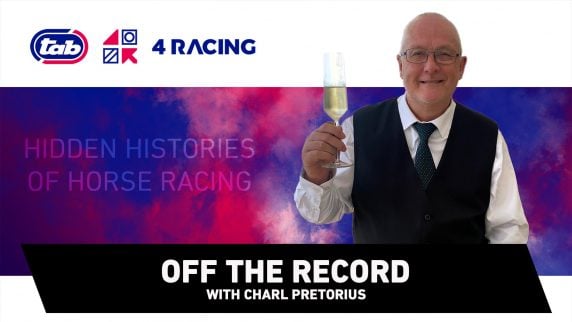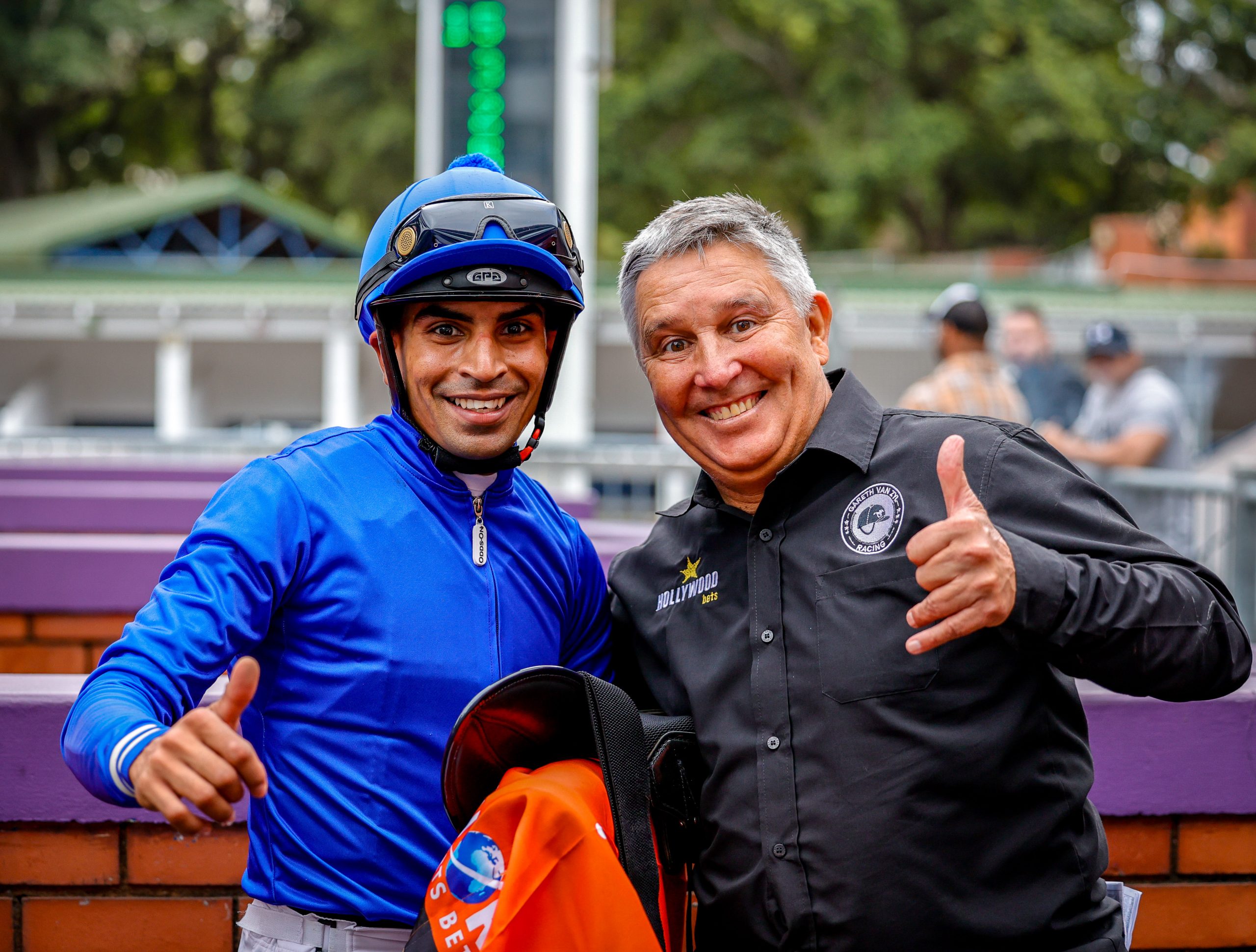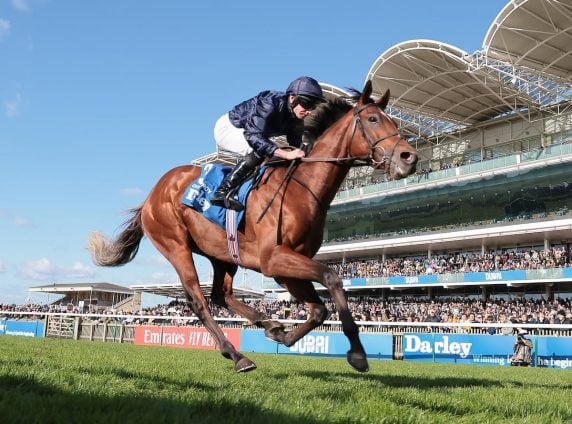Three-time Met-winning jockey Garth Puller was non-commital on whether hiring an overseas jockey to ride a fancied Sun Met contender was a good idea but he had no doubt about Ryan Moore’s ability to adapt to any horse or any track.
Moore has been declared to ride the Eric Sands-trained stalwart Rainbow Bridge in the big race on February 1 and Puller said:
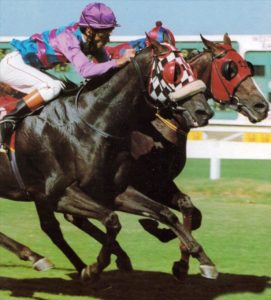
Puller & Pas De Quoi winning the J&B Met
“He is a renowned rider and was voted by his peers as the best jockey in the world. I have watched him ride and he is definitely one of the five best jockeys in the world. No new track or horse will make any difference to him. Whether it’s a good idea to bring him in instead of sticking to a rider who knows the horse I don’t know but it is up to the connections to decide. But Ryan Moore is not the sort of rider who is going to ride the horse blind, he will watch the re-runs and will probably give the horse a blow out on the Thursday before the race. But the draw is going to be very important. For a top jockey to find a good position from a good draw is a piece pf pie. He will also have more chance of overcoming a bad draw than a lesser jockey will. But the draw is nevertheless still very important.”
As it happened Sands pulled draw five for Rainbow Bridge on Tuesday, which is just about perfect.
Kenilworth looks to be a difficult track to ride from the armchair and that is due to the amount of jostling which takes place before they finally settle into racing order.
However, Puller pointed out:
“That has nothing to with the track or the fact that it’s a left hand track, it has all to do with the prevailing South-Easter. In fact horses are naturally much more suited to left hand tracks than right hand ones. You saddle from the left, hold the horse on its left, get on and off on the left and horses are generally much more comfortable leading with their left leg. The reason there is often a lot of jostling at Kenilworth is because jockeys want to find cover from the South Easterly wind, so they have that in mind from the jump and with everybody trying to hide from the wind the field takes some time to sort itself out.”
The pace also plays a big part.
In a good paced race it is easier for the wider drawn horses to slot in as there will likely be a few gaps opening. Those capable of running on from behind will also be happy to drop in behind horses. However, wide drawn horses who enjoy leading are disadvantaged by a fast early pace as they will have to use up a lot of fuel to get to the front.
Watch last year’s race below:
In a good paced race, well drawn horses will have to go faster to hold their positions, which can use up energy. On the other hand they might appreciate the opportunity to use their stride and will also be able to accelerate in the straight off good momentum.
In slow paced races high drawn horses are given the opportunity to go to the front. Those who are easy to switch off can be dropped out to the back. However, without those two eventualities, there is a big danger of the horse being caught wide. This usually spells the end of a horses chances as he or she will invariably not settle perfectly, thus wasting energy, and they will also have to travel a further distance than the ones inside of them.
The ideal scenario for a front-runner is to be drawn well in a slow-paced race.
However, well drawn horses who are not natural front-runners but who do like to stride out would not be ideally suited to a slow pace. They might begin over racing and will in that case be spent forces by the time they reach the straight.
Well drawn horses who settle well do not mind a slow pace but would usually prefer, in that case, to be handy. However, being handy on the rail in a slow run race can be a disadvantage as the horse will only be able to accelerate when reaching the end of the false rail and will have to do so off zero momentum. Horses out wider, on the other hand, can usually begin their runs earlier and build up their momentum, as long as they have had cover in the running. And for those coming from the back there is sometimes a sling shot effect as they join the back of the trains making runs wider out, thus getting a tow and then accelerating off good momentum as they switch out.
For any rider the correct prediction of the pace will help and the recent L’Ormarins Queen’s Plate provides a good example with which to illustrate it. Crown Towers had been expected to lead and when he battled to get there it led to a mess of a race, with fancied horses Hawwaam and Rainbow Bridge pulling out in front.
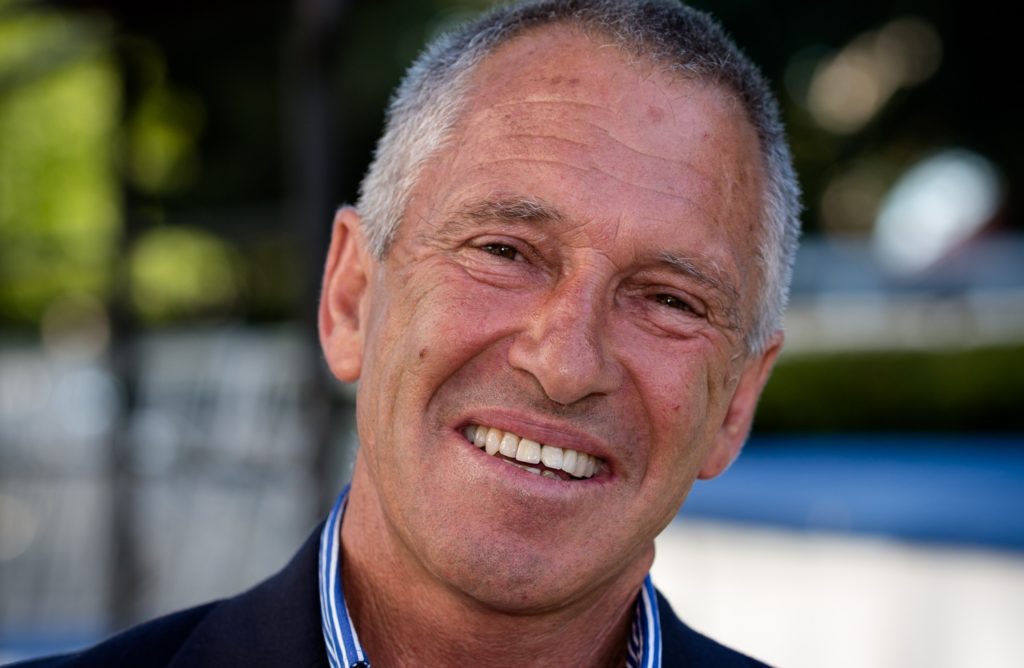
Eric Sands (photo: hamishNIVENPhotography)
Puller, who leads the KZN Trainers Championship at present, is Sands’ brother-in-law and spoke of the hard task the latter would have to get Rainbow Bridge to the race at his peak.
He said:
“Rainbow Bridge pulled for a long way in the Queen’s Plate and yet still found enough to run on into third. So it was a great run but he had a very hard race and it is not going to be easy for Eric with just three weeks from that race until the Met.”
However, Sands’ training to date of this less than straightforward horse has been masterful and the odds are he will have him in tip top condition on February 1.
- www.goldcircle.co.za







